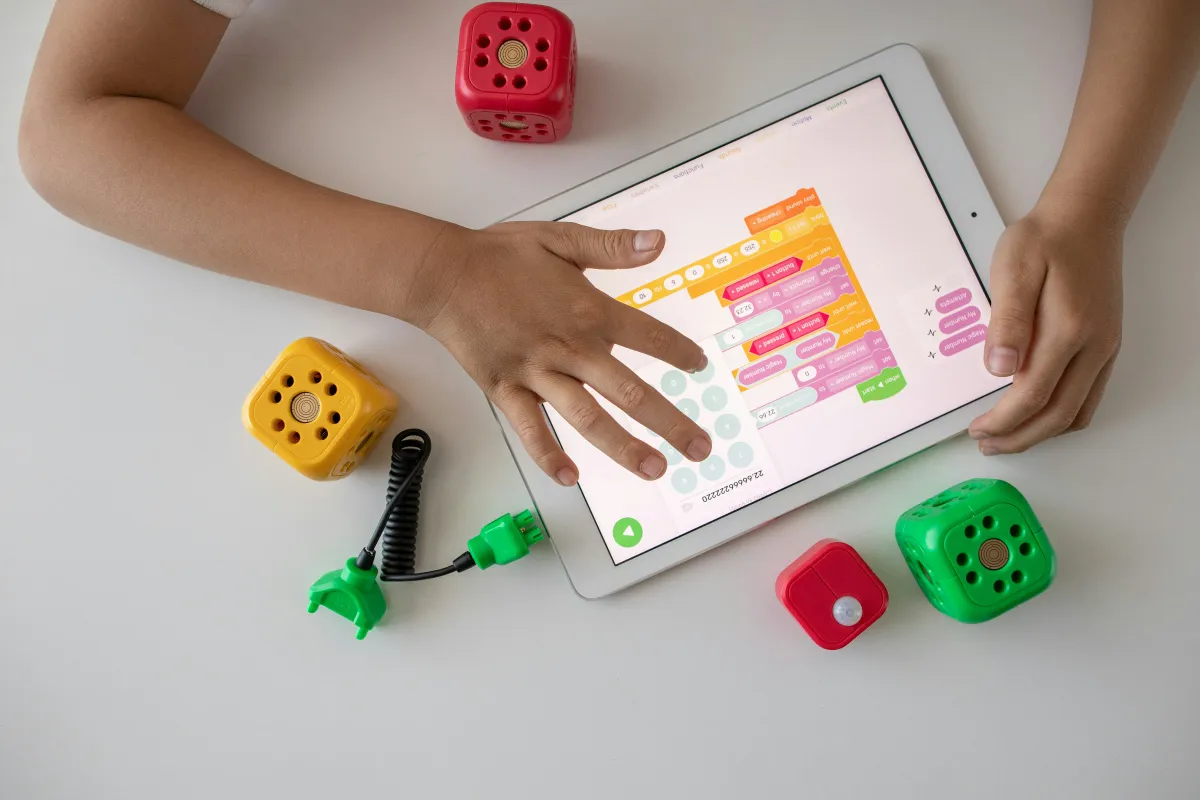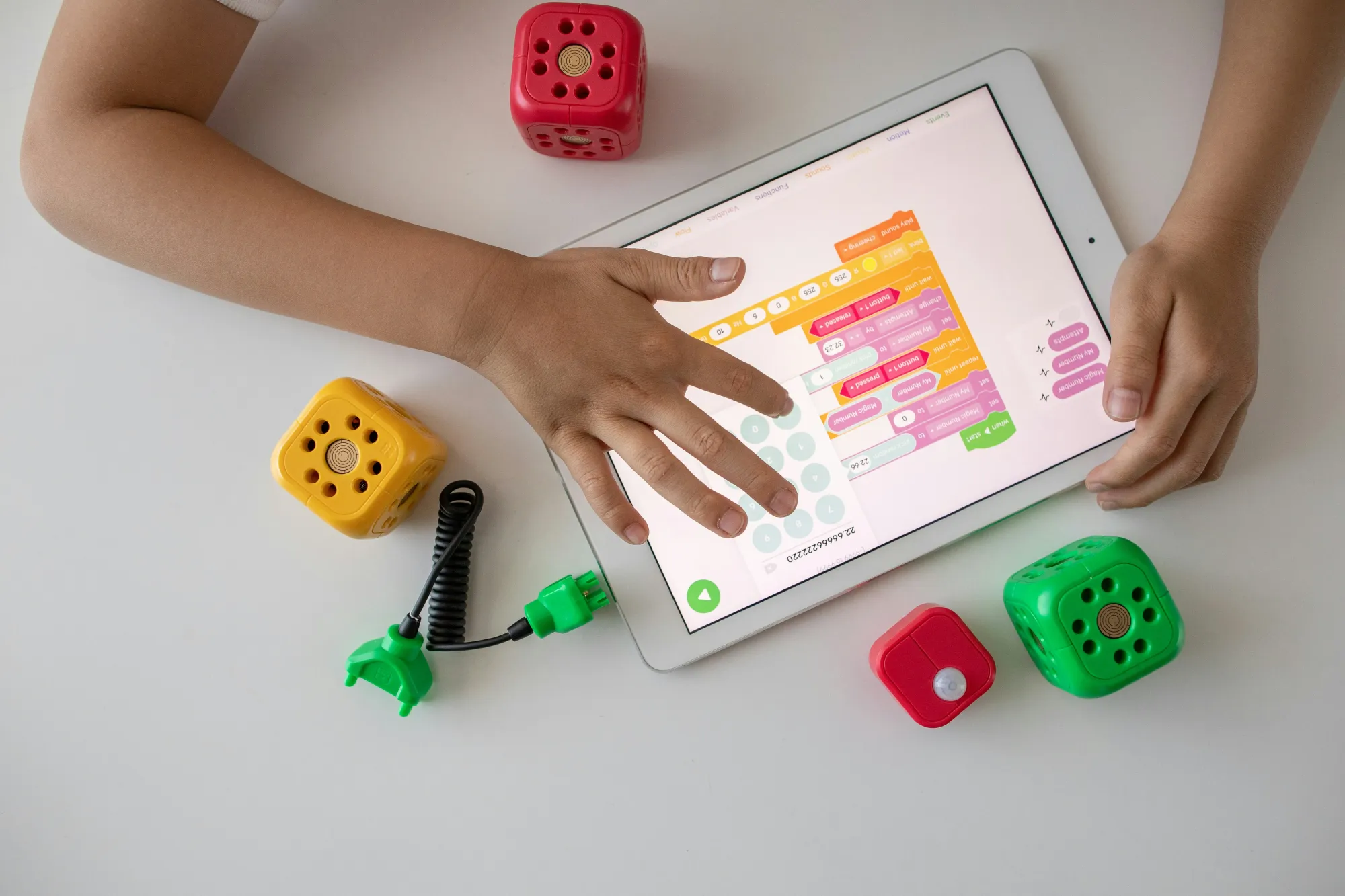Edu-Tainment: Merging Education and Entertainment for YouTube Success


Key Takeaways:
- Blending educational content with an entertaining format captures audience attention and drives YouTube success.
- Interactive storytelling and relatable analogies can transform complex subjects into captivating content.
- Innovative tools like Adobe Spark, Canva, and Animaker empower creators to produce high-quality edu-tainment videos effortlessly.
A fascinating, often overlooked aspect of successful edu-tainment on YouTube is the psychological impact of narrative storytelling. Studies have shown that information presented as part of a story is more likely to be remembered, making storytelling a potent tool for edu-tainment creators.
Adobe Spark: The Storyteller’s Canvas
Pros:
- User-friendly interface suitable for beginners
- Wide range of templates and graphics for quick content creation
- Integrated with Adobe Creative Cloud for enhanced functionality
Cons:
- Limited customization options for advanced users
- Requires Adobe Creative Cloud subscription for full access
Canva: The Design Dynamo
Pros:
- Intuitive drag-and-drop interface makes design accessible to all skill levels
- Extensive library of templates, images, and fonts
- Free version offers substantial features, with paid options for more advanced needs
Cons:
- Primarily focused on graphic design, which may limit video editing capabilities
- Some advanced features locked behind a subscription model
Animaker: The Animation Ace
Pros:
- Offers a simple platform for creating animated videos, ideal for edu-tainment content
- Wide selection of characters, backgrounds, and animations
- User-friendly for beginners with drag-and-drop functionality
Cons:
- Free version comes with limitations on video quality and branding
- May require a subscription for access to premium assets and features
Crafting Your Edu-tainment Masterpiece
1. Identify Your Niche:
Start by pinpointing a subject you’re passionate about and that holds potential for educational content. Whether it’s history, science, DIY crafts, or language learning, your niche should reflect a blend of your interests and audience demand.
2. Understand Your Audience:
Know who you’re creating content for. Are they young learners, professionals looking to upskill, or hobbyists seeking knowledge in a particular area? Understanding your audience’s demographics, interests, and learning goals is crucial.
3. Scripting Your Content:
The script is the backbone of your video. Start with an enticing hook to grab attention, followed by a clear outline of what viewers will learn. Use storytelling to weave facts and concepts into relatable narratives or real-life scenarios.
4. Visuals and Animations:
Visual elements are key to edu-tainment. Use tools like Canva or Adobe Spark to create engaging graphics, or Animaker for animations that bring concepts to life. Visuals should complement the narrative, making complex information digestible.
5. Filming and Editing:
Your filming setup doesn’t have to be elaborate. A good-quality camera or smartphone, a microphone, and proper lighting can go a long way. For editing, software like Adobe Premiere Pro or Final Cut Pro offers extensive features, while Filmora or iMovie are great for beginners.
6. Engaging Your Viewers:
Encourage viewers to interact with your content through comments, questions, or quizzes. This not only boosts engagement but also helps in tailoring future content to audience preferences.
7. Consistent Posting Schedule:
Consistency is key on YouTube. Set a realistic schedule for posting new content, whether it’s weekly or bi-weekly, and stick to it. This keeps your audience engaged and anticipating your next video.
8. Promoting Your Channel:
Leverage social media platforms, forums, and communities related to your niche to promote your videos. Collaborations with other YouTubers can also broaden your reach.
9. Building a Community:
Foster a sense of community among your viewers by engaging with comments, hosting live Q&A sessions, and creating content based on viewer suggestions. A strong community can propel your channel’s growth and engagement.
Building and Nurturing Your Community
Creating Interactive Content:
Polls, challenges, and viewer-submitted questions or topics can make your audience feel involved and valued. This interactive approach turns passive viewers into active community members.
Utilize YouTube’s Features:
Features like Community Posts, Premieres, and Stories can keep your audience engaged between video uploads. Share behind-the-scenes content, updates, or sneak peeks of upcoming videos.
Feedback and Adaptation:
Actively seek and listen to feedback from your community. This can guide your content creation, helping you adapt to changing viewer interests and trends.
Recognize and Reward Engagement:
Acknowledging active community members, whether through shoutouts, featuring viewer comments, or hosting subscriber-only events, can strengthen viewer loyalty and encourage more engagement.
Edu-tainment on YouTube represents a powerful convergence of education and entertainment, where creators can ignite curiosity, impart knowledge, and foster a vibrant learning community. By understanding your audience, crafting compelling narratives, and leveraging the right tools, you can turn your YouTube channel into an engaging educational platform. Remember, the essence of edu-tainment lies in making learning an adventure that viewers are eager to embark on, time and time again.
FAQ
Q: How can I make educational content more engaging for a YouTube audience? A: Use storytelling, humor, and relatable examples to present information in an entertaining way. Visual aids and animations can also enhance viewer engagement.
Q: What’s the key to balancing education and entertainment in videos? A: Ensure your content is informative and provides value while being presented in a light-hearted or engaging manner. Audience interaction and feedback can help fine-tune this balance.
Q: Can edu-tainment videos be monetized on YouTube? A: Absolutely. Edu-tainment videos can be monetized just like any other content on YouTube, provided they meet the platform’s monetization criteria.
Q: How long should edu-tainment videos be?
A: The ideal length varies, but keeping videos between 5 to 15 minutes can maintain viewer engagement while providing substantial content.
Q: How do I keep up with changing YouTube algorithms?
A: Stay informed through YouTube’s official Creator Academy and community forums. Adapting to algorithm changes, focusing on SEO, and maintaining high audience engagement can help sustain your channel’s visibility.


